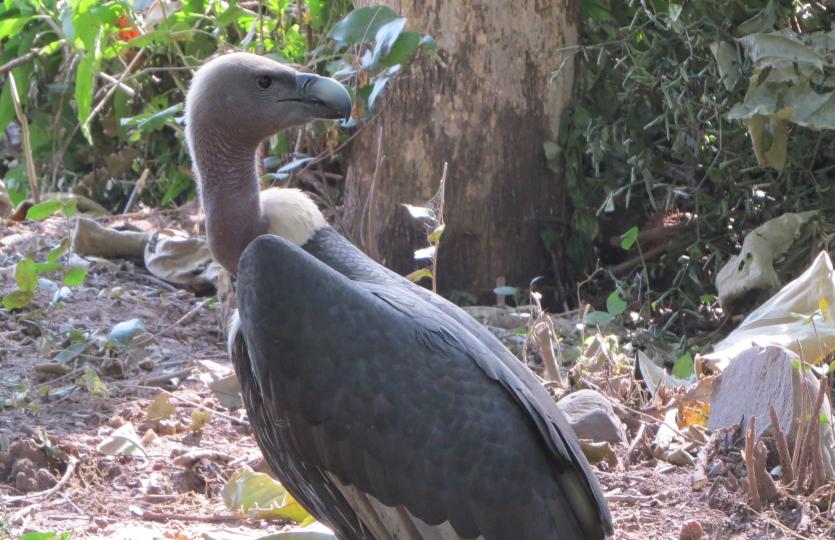Wild white-rumped vultures at Pinjore, Haryana. Photo:RSPB
By Patryk Krych | The World Daily | AUGUST 19th 2021
In the 1990s, the number of birds that devoured carrion in India had dropped by over 97%, marking a severe crisis for vultures in the country. Scientists are hoping this trend could be reversed however, as the country’s very first captivity-bred vultures were successfully released recently.
The captive-bred white-rumped vultures were released back in February, numbering eight in total, from the West Bengal’s Buxa tiger reserve. Though they were rather careful and cautiously observed all of their surroundings, the critically-endangered birds soon successfully mingled with other wild vultures in a test observed by the Bombay Natural History Society (BNHS).
Having been raised in a BNHS breeding centre, the birds were intended to be released into the wilds from the very beginning. A similar release was performed in the previous month of January, in West Bengal, and again in last year’s October in Haryana.
The deputy director of BNHS, Dr Vibhu Prakash, had noticed the endangerment to the vultures in the mid-1990s while he was involved in research at Rajasthan’s Keoladeo national park. “We saw dead and sick vultures, with drooping necks. Once these symptoms appeared they usually died within 10 to 15 days,” he said.
The BNHS is an organisation dedicated to researching wildlife and means in which to preserve it. Researchers from the organisation have estimated that back in the 1980s, India may have been home to over 40 million vultures. All of this would change with the emergence of the non-steroidal anti-inflammatory drug (NSAID) called diclofenac, which was largely used in the treatment of cattle in the 1990s, and had adverse effects on vultures that fed on the bovine carcasses.
Cambridge professor Rhys Green was consulted by the BNHS in 2004 to help put together an estimate as to what exact amount of diclofenac would be necessary to cause the huge 97% drop in vulture populations.
“Prof Green estimated that if less than 0.8% of cattle carcasses had diclofenac it can cause this kind of crash,” said Prakash. “We sampled carcasses over 2,000 locations and found more than 11% had diclofenac.”
These recently-released, captive-bred vultures were the first of their kind to be released successfully into the wild ever since the beginning of the hard-fought conservation efforts had begun some two decades ago. The increase to their numbers in BNHS breeding centres was also a great success, with the birds’ numbers brought up by hundreds.






